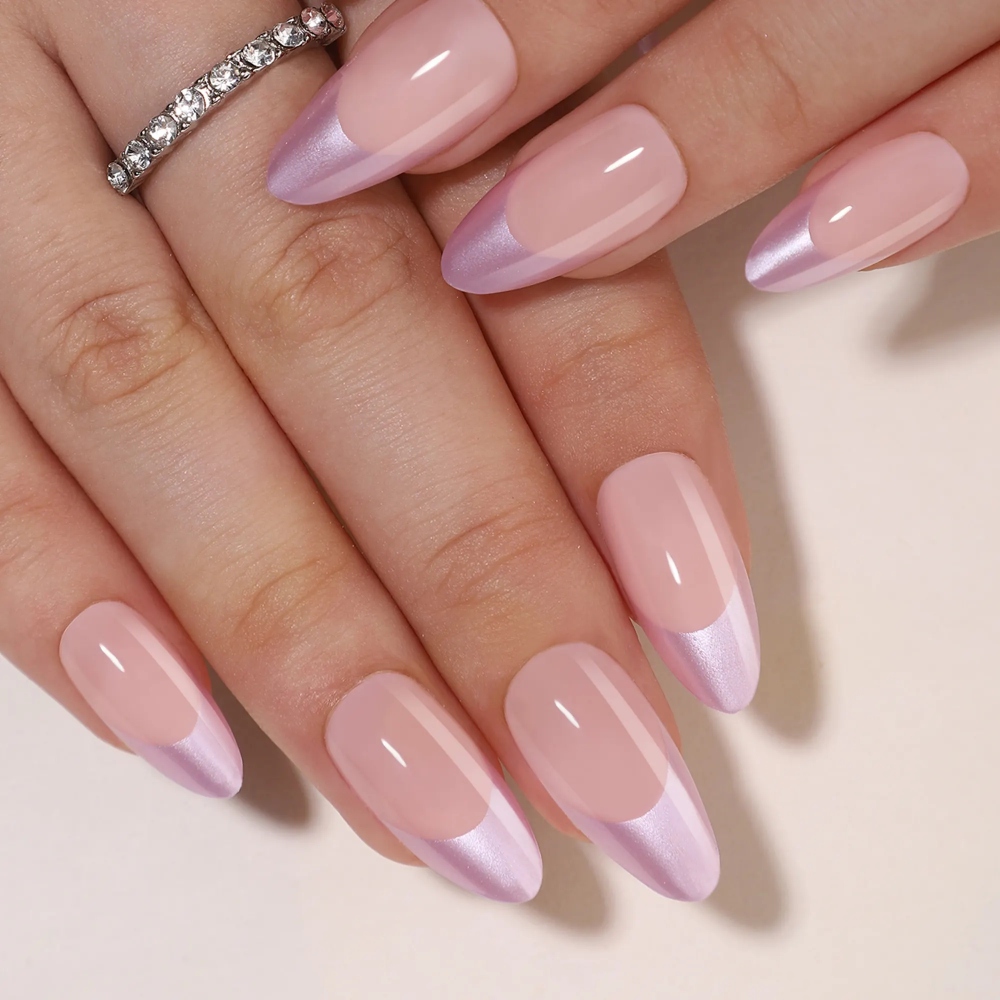
In the ever-evolving world of beauty and fashion, press-on nails have emerged as a popular and convenient alternative to traditional acrylic or gel manicures. They offer a quick, easy, and often more affordable way to achieve salon-quality nails at home. However, determining the right pricing for press-on nails can be a challenging task for both professional nail artists and aspiring entrepreneurs. This guide aims to provide a comprehensive framework for pricing press-on nails, considering various factors such as cost, quality, demand, and competition.
1. Understand Your Costs
The first step in pricing your press-on nails is to understand your costs. This includes the direct costs of materials, such as the nails themselves, adhesives, and any additional decorations or accessories. Additionally, consider indirect costs such as packaging, shipping, and marketing expenses. By accurately calculating your total costs, you can ensure that your pricing covers these expenses and still allows for a profit margin.
2. Assess the Quality
The quality of your press-on nails will play a significant role in determining their price. High-quality nails made from durable materials, with precise cutting and finishing, will command a higher price than lower-quality options. Consider investing in better materials and techniques to elevate the perceived value of your product and justify a higher price point.
3. Market Research
Conduct thorough market research to understand the pricing strategies of your competitors. Identify who your target audience is and what they are willing to pay for press-on nails. Look into industry trends, popular designs, and any unique selling points that differentiate your product from the competition. This information will help you position your pricing competitively while ensuring you are not underselling your product.
4. Customization and Unique Features
If your press on nails offer customization options, unique designs, or additional services like application tutorials, you can justify a higher price. Customers are often willing to pay more for personalized experiences and exclusive designs. Highlight these features in your marketing materials to attract customers and justify your pricing.
5. Pricing Models
Consider different pricing models to suit your business needs. You can opt for a flat rate per set, tiered pricing based on the complexity or number of nails, or even subscription-based models for regular customers. Each model has its own advantages and disadvantages, so choose one that aligns with your business goals and customer preferences.
6. Discounts and Promotions
To attract new customers and retain existing ones, consider offering discounts and promotions. This could include seasonal sales, bulk purchase discounts, or referral bonuses. While discounts can temporarily reduce your profit per sale, they can help increase overall sales volume and customer loyalty.
7. Feedback and Adjustments
Lastly, remain flexible and open to feedback. Monitor your sales data and customer reviews to gauge how your pricing is being received. If your products are not selling as expected, consider adjusting your prices accordingly. Remember, pricing is not a one-size-fits-all approach; it requires ongoing evaluation and adjustment based on market conditions and customer demand.
Conclusion
Pricing press-on nails effectively involves a balance of understanding your costs, assessing quality, conducting market research, considering customization and unique features, choosing the right pricing model, offering discounts and promotions, and being open to feedback and adjustments. By following these guidelines, you can create a pricing strategy that not only covers your expenses but also maximizes your profits and satisfies your customers. Remember, the key to successful pricing is striking the right balance between affordability and perceived value.






